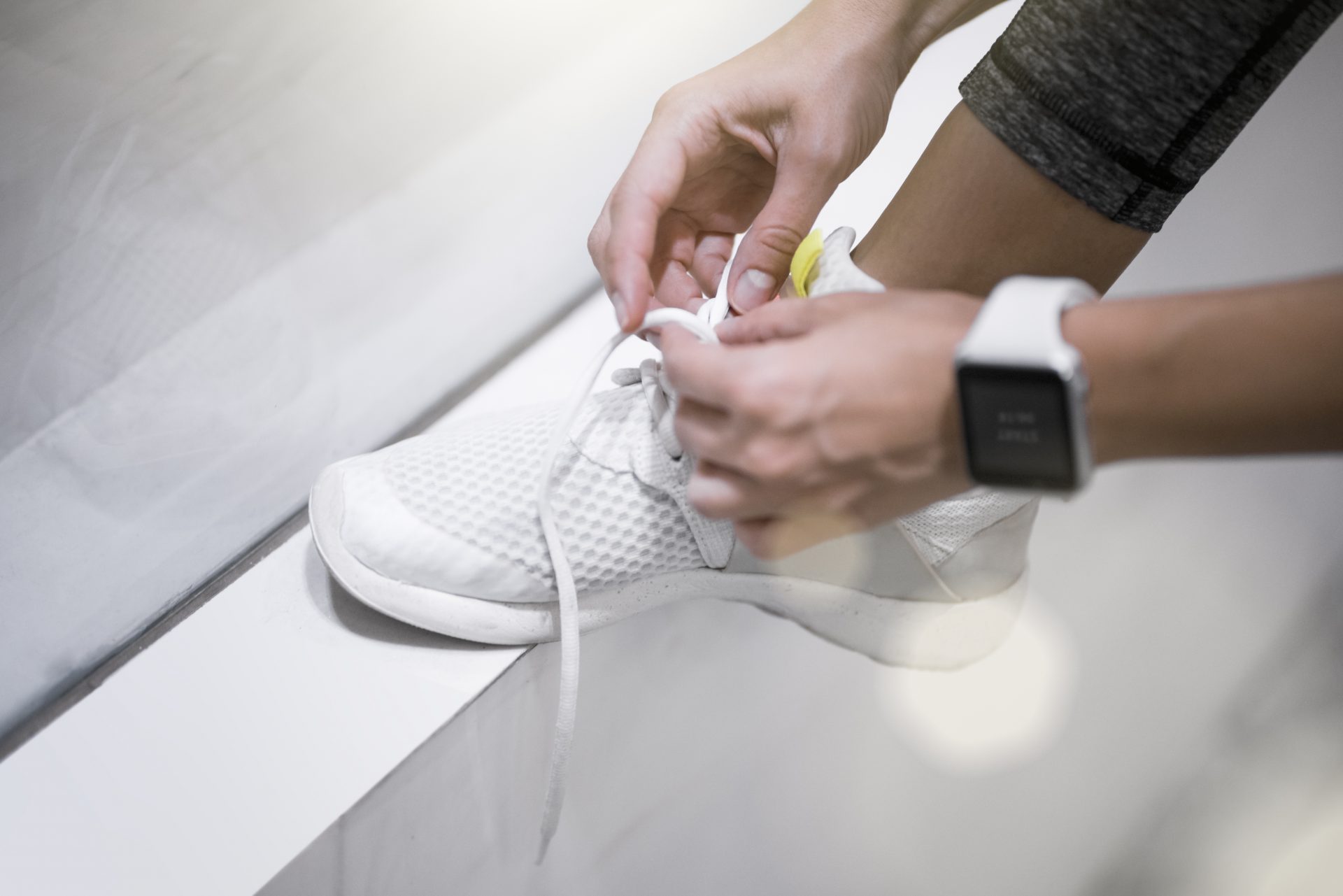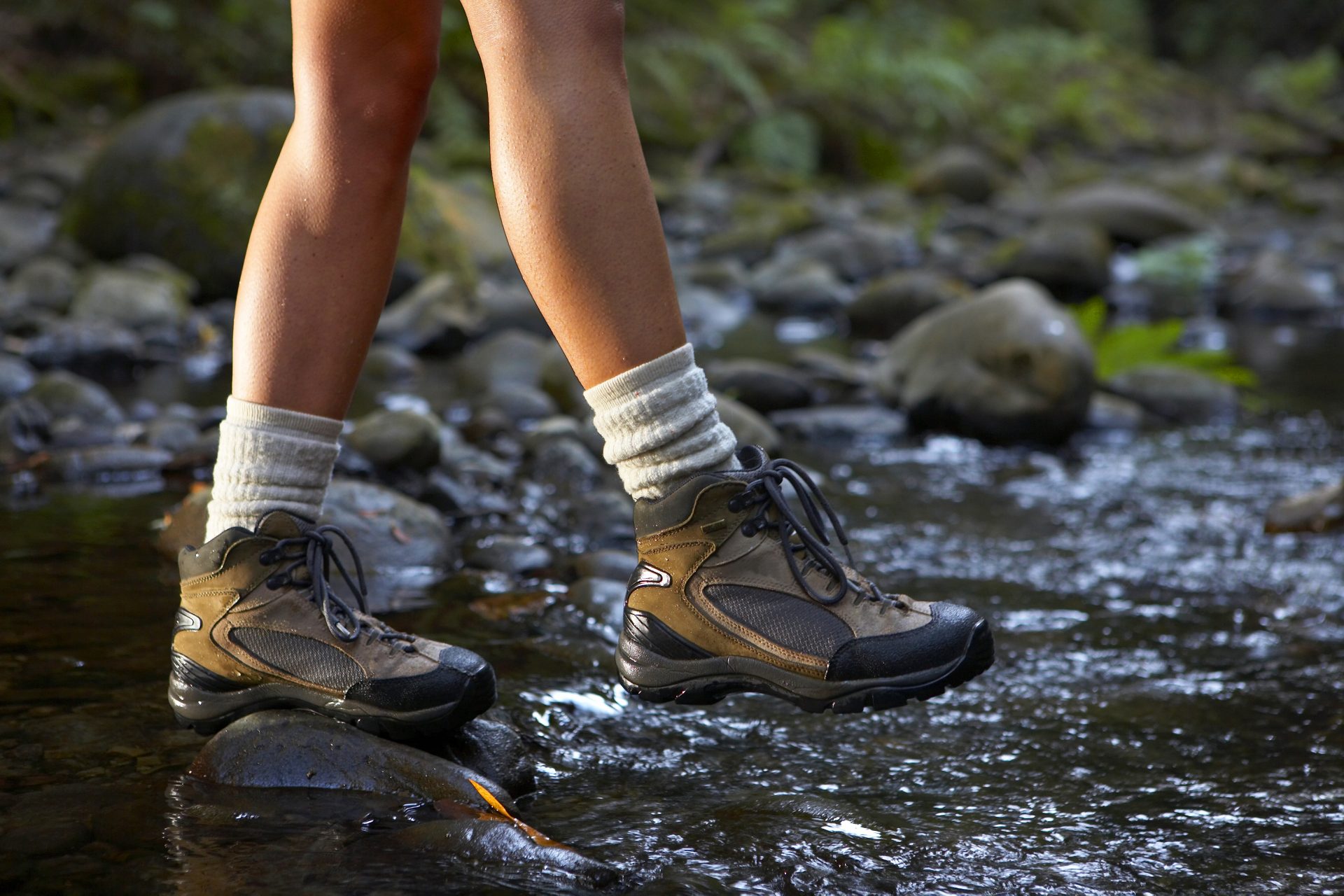co je zoloft

Research by Runners Need shows that 44% of people don’t know how to care for their kit and simply throw it in the wash and hope for the best. Sound familiar? Then you need this guide to cleaning your trainers and sportswear.
There’s nothing worse than having a favourite gym kit only to pull it from the wash after a while to find that it’s lost its shape. Most of us don’t have the time or energy to separate our laundry, flinging everything in on a quick spin 40°C and hoping for the best. But if you live in sports kit, then how you care for your clothes and shoes is important; having to replace sports bras and leggings on a regular basis is both expensive and incredibly bad for the environment (even if you’re wearing a kit made from recycled plastic).
In fact, new research from Runners Need shows that 44% of us haven’t got a clue how to care for our kit properly. That’s hardly a surprise when you look at the range of washing instructions that come with one outfit. So, what is prednisone made up of what is the best way to keep kit clean without making it saggy?
You may also like
How often should you wash your sports bra? Scientists say women don’t replace their sports bras regularly enough
How to wash sweaty shirts, shorts and leggings
After a sticky summer run or sweat-drenching spin class, it’s tempting to strip as soon as you return home and put on a hot wash. But according to Christian Allen, product expert at Runners Need, that would be a mistake: “This is a recipe for disaster. The fabrics used in high-performance kits aren’t designed to be submerged in hot water, so follow care instructions and, if in doubt, select a cooler temperature. You’ll need detergent to break down body fats and sweat, but too much can leave a residue that bacteria and mildew love.”
It’s worth saying that you can now get detergents designed specifically to wash sports kit, such as Gymspin. You’re not supposed to use it on other fabrics, and for best results, you don’t want to have an overly-full drum; it’s worth having one wash a week that’s just for lycra and running tops.
Sports bras need specialist treatment
New research suggests too many of us are wearing sports bras well after they’ve stopped supporting us – and that they can lose their supportive properties after as little as 25 washes. If you wear a couple of different sports bras every week, that could mean having to buy a new one every six months. While it’s just a fact that the technical fabric becomes looser with each cycle, making it less effective, there are things you can do to extend its life (even if that means wearing your older high-impact bras for lower-impact activities like cycling or pilates).
Allen recommends using a protective laundry bag, washing in cold water, avoiding fabric softener and never using a tumble drier, as that tends to accelerate the elastic degradation. But ultimately, once your bra reaches its six-month birthday, it’s time to start thinking about replacing it.
Don’t machine wash your muddy running shoes
As a keen runner, I’ve tumbled through endless puddles and muddy paths – and my trainers have gone from being bright white to encrusted brown. And when my mum sees them, she often takes them away to stick through the wash with a ton of bleach. That, Allen says, is a rookie error.
“If they need a little clean, avoid the washing machine at all costs. This is because some materials in shoes should not be exposed to heat or submerged in water – or they risk getting damaged. Instead, follow the manufacturer’s instructions or use a sponge with some soapy water to keep shoes clean and hygienic.”

While most trainers can last up to around 500 miles (that’s not as much as you think it is, if you run longer distances or train almost daily), you can prolong their lifespan by:
- Only wearing your running trainers for running – walking or gymming in them is only going wear them down more quickly and add on empty miles
- Undo and redo the laces rather than trying to slip them on and off; you’ll wear down the heel and stretch the shoe
- Wear proper running socks with your trainers. Allen says that poor-quality socks can damage the inner material, while lower-cut socks can cause premature wear on the inside, so it’s best to stick to longer pairs.
You may also like
Running tips: avoid blisters and black nails with this simple running shoe hack
Running socks are a vital piece of kit that deserve more care
Speaking of socks, don’t go thinking that you can get away with chucking them in with the rest of your everyday clobber. They can be an expensive (yet necessary) investment against blisters, so you want to make sure you’re getting the most out of them. To do so, turn them inside out before chucking them in the washer and avoid fabric softener. “Make sure to air dry them as heat from a tumble dryer could damage some of the specialist materials,” says Allen.
Walking boots need a clean after every walk
If you’re more of a hiker than a runner, then your walking boots will no doubt be caked in all sorts of muck. While that’s only right, Mark Skelton, in-store expert at Cotswold Outdoors, says that it’s really important to give your boots a good scrub after every walk. “Using warm water and a semi-stiff brush, wash away any mud, grass and grit that might have accumulated on your boot. It’s also worth occasionally removing the insole from your footwear and thoroughly cleaning inside the boot. You’ll be amazed how much fine grit and small stones can build up inside your footwear, which if left can damage the waterproof membrane.”

If your boots have got wet during a drizzly hike, then it’s even more important to pay them some attention when you get home. By drying them out thoroughly, you reduce the chance of them smelling bad and losing their shape.
“Resist the temptation to speed up the drying process by placing them next to the radiator as this can cause the lining to crack,” warns Skelton. “Instead, leave them to dry naturally in sunlight, and if they’re particularly wet, stuff them with newspaper to increase moisture absorption.”
TL;DR: wash your kit on a lower heat, without fabric softener and away from your regular clothes and pay close attention to how you treat things like socks and shoes. The better you care for them, the more your feet will thank you.
Images: Getty
Source: Read Full Article